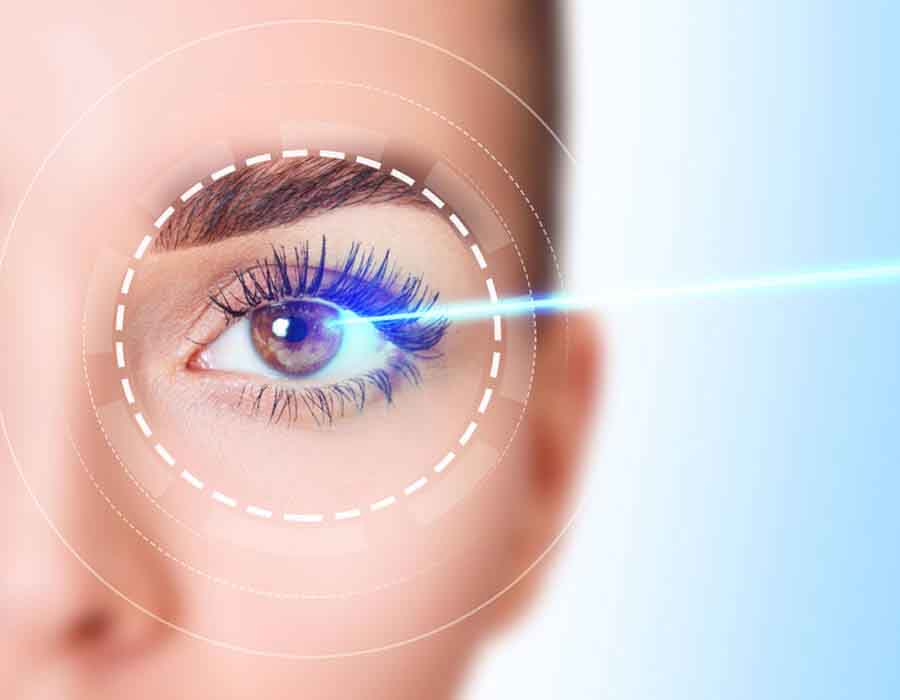Advances in Spectacle removal surgery

In recent years, the landscape of vision correction has evolved dramatically, offering new hope and possibilities for those dependent on spectacles or contact lenses. From traditional LASIK to cutting-edge AI-enhanced procedures, the field of spectacle removal surgery has witnessed significant advancements. In this blog, we explore the latest innovations, benefits, and how artificial intelligence is shaping the future of vision correction.
Evolution of Vision Correction Techniques
- LASIK and Beyond: LASIK (Laser-Assisted in situ Keratomileusis) revolutionized vision correction by reshaping the cornea with a laser, reducing dependence on corrective lenses.
- PRK (Photorefractive Keratectomy): Another popular procedure that reshapes the cornea without creating a flap, suitable for patients with thinner corneas.
- SMILE (Small Incision Lenticule Extraction): A minimally invasive procedure that corrects vision by removing a small piece of tissue within the cornea, offering quicker recovery and fewer complications.
Cutting-edge Innovations in Spectacle Removal
- Wavefront-guided LASIK: Customizes treatment based on the unique imperfections of each eye, improving visual outcomes.
- Femtosecond Lasers: Enables precise corneal flap creation with ultrafast laser pulses, enhancing safety and accuracy.
- Presbyopia-correcting procedures: Addressing age-related vision changes, such as multifocal lenses and monovision LASIK.
Role of Artificial Intelligence in Vision Correction
Artificial intelligence is revolutionizing spectacle removal surgery in several ways:
- Pre-operative Screening: AI algorithms analyze patient data to predict surgical outcomes and customize treatment plans.
- Surgical Precision: AI-assisted systems help surgeons perform procedures with unprecedented accuracy, minimizing risks and enhancing results.
- Post-operative Monitoring: AI-powered tools track recovery progress and identify early signs of complications, ensuring timely intervention.
Benefits of AI-enhanced Vision Correction
- Personalized Treatment: AI algorithms analyze vast datasets to tailor treatments based on individual characteristics, optimizing visual outcomes.
- Enhanced Safety: AI-guided surgical tools improve precision, reducing the risk of human error during delicate procedures.
- Improved Patient Satisfaction: Predictive analytics help manage patient expectations and achieve better visual acuity post-surgery.
Conclusion
Advancements in spectacle removal surgery, coupled with the integration of artificial intelligence, mark a significant leap forward in vision correction technology. Whether you’re considering LASIK, SMILE, or other innovative procedures, consulting with a qualified ophthalmologist is crucial to determine the best option for your vision needs. Embrace the future of clear vision and bid farewell to glasses with confidence, thanks to these groundbreaking advancements.